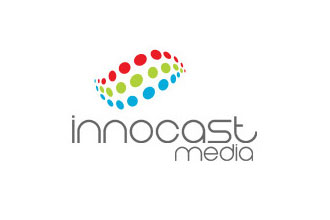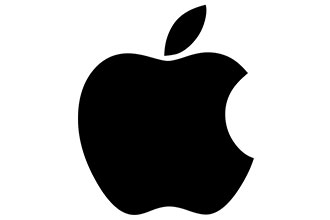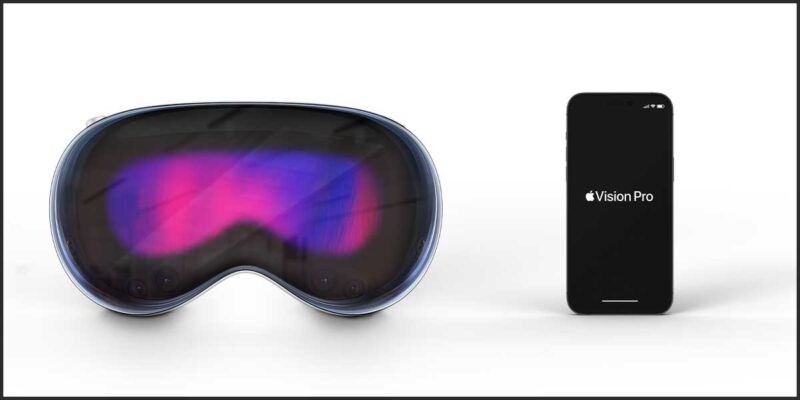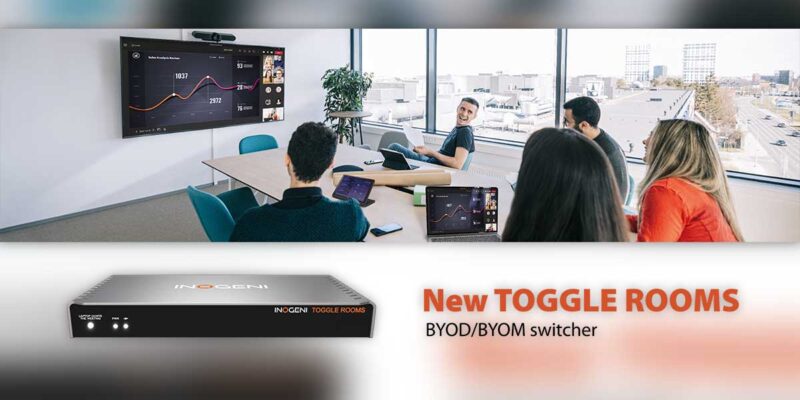Apple, AV and a Whole New Perspective
 As someone who has regularly blogged on AV/IT, cloud and mobility/BYOD, it was my recent blog interview article which brought a whole new angle on blogging for me, opening up a new door where I plan on making it a regular theme as I identify AV companies across the world in this format. I’d like to thank Sharp’s AV in Canada for starting this ball rolling and the next stop on this tour will be India.
As someone who has regularly blogged on AV/IT, cloud and mobility/BYOD, it was my recent blog interview article which brought a whole new angle on blogging for me, opening up a new door where I plan on making it a regular theme as I identify AV companies across the world in this format. I’d like to thank Sharp’s AV in Canada for starting this ball rolling and the next stop on this tour will be India.
India, the seventh-largest country by area and the second-most populous with over 1.2 billion people, shares land borders with Pakistan to the west; China, Nepal and Bhutan to the north-east; and Burma and Bangladesh to the east. India and the United Arab Emirates, with just the Arabian Sea separating them, have thousands of years of trade links. Their telecommunications industry, the world’s fastest-growing, added 227 million subscribers during 2010-11, and after the first quarter of 2013, India surpassed Japan to become the third largest smartphone market in the world after China and the U.S. Its automotive industry is the second-fastest growing in the world. According to a TechCrunch article published in November 2010, the Indian technology industry got its start running call centers and doing low-level IT work for western firms. Now there is another transition happening, one far more significant — a transition to development of innovative technology products. Instead of providing IT services as the big outsourcing companies do, a new breed of start-ups is developing high-value products based on intellectual property. The latest technology developments in India can be found here.
For this blog, I chose a company founded by a gentleman that I met as a result of participation in a LinkedIn AV group. His name is Yash Chavan and he is the COO and CTO of Innocast Media, an AV integration and broadcast company located in Pune (the second largest city) in Maharashtra, as well as one of the few Apple Technology Partners in the audiovisual industry.
Back in the early 1980s Canon Inc., called upon Yash to establish a presence for the company in India, and at that time he began researching the market for office systems such as copiers and microfilm archiving equipment. Xerox was the king back in those days as it dominated the copier market (you may have even referred to making a copy as “Xeroxing” something). At that time India was just waking up to the usage of office machines, mostly in the form of automatic copiers. Within the next couple of years, after finally establishing this presence for Canon, Yash moved on with the company to Dubai, United Arab Emirates. Over the next few years though, the depreciation of the yen and the resulting shakeup of the Japanese economy affected Japanese manufacturers’ presence in the Middle East. By that time, Apple had begun to revolutionize the technology market, presenting solutions in the realm of computer technology that had not been witnessed before. He grabbed the opportunity to cross over into this new technology market and work with a group of Apple systems integrators. In Yash’s words, “I jumped the wagon to join Steve Job’s merry team of jean clad corporate movers and shakers.”
 At the point that Yash had entered this realm, hundreds of Apple Mac computers were being sold into the education market in the United Arab Emirates through a marketing campaign created by Steve Jobs called KIDS CAN’T WAIT, and these Macs were offered at drastically discounted prices to school kids. The operating system was user-friendly, and software such as Adobe and Quark (which came as a bundle) facilitated and encouraged painting and writing for the kids. Yash said that with Macs, people were becoming “artistic geeks,” while he was getting into marketing to a new generation of desktop publishers. He worked with advertising companies such as Lintas, Publigraphics and newspaper publications such as Gulf News and Khaleej Times in Dubai, integrating Apple systems with Quark, Paintbox, Tektronix, Adobe and Aldus to create state of the art productions. With this, he began to integrate and sell hundreds of Macs into the publishing industry and began to establish a close association with Apple, Inc.
At the point that Yash had entered this realm, hundreds of Apple Mac computers were being sold into the education market in the United Arab Emirates through a marketing campaign created by Steve Jobs called KIDS CAN’T WAIT, and these Macs were offered at drastically discounted prices to school kids. The operating system was user-friendly, and software such as Adobe and Quark (which came as a bundle) facilitated and encouraged painting and writing for the kids. Yash said that with Macs, people were becoming “artistic geeks,” while he was getting into marketing to a new generation of desktop publishers. He worked with advertising companies such as Lintas, Publigraphics and newspaper publications such as Gulf News and Khaleej Times in Dubai, integrating Apple systems with Quark, Paintbox, Tektronix, Adobe and Aldus to create state of the art productions. With this, he began to integrate and sell hundreds of Macs into the publishing industry and began to establish a close association with Apple, Inc.
This close association with Apple, along with top AV industry manufacturer partners, has formed the basis for Innocast Media, an integrator of state-of-the-art AV systems for conference rooms, boardrooms, classrooms and digital cinema theaters. Along with this, the company has over 25 years of broadcast industry experience. It also specializes in video, voice and web collaboration. Through Wi-Fi system integration, Innocast Media can synchronize systems to enable a virtual classroom or studio experience where distance, as they say is “not accountable and a hindrance to being here, there and everywhere.” In this, H.264 high definition video is streamed and transmitted in real time. Innocast Media’s research team continuously explores the integration of virtual theaters/studios and classrooms to broadcast high definition video across the globe through cost effective Wi-FI networks.
Corey Moss: Yash, thank you for agreeing to do this interview and please tell me about your entry into the AV integration industry.
Yash Chavan: My AV/IT present day system integrator status started over several continents through a couple of decades. I started my career as a graphic system integrator. My transition to the audiovisual industry in early ’90s in Dubai started with integrating non-linear Apple Mac based editing systems from Media100, Avid and Quantel. I set up post-production studios professional as well as educational. In education institutes they required projection on screens to teach students. I got into setting up projectors and screens from various manufacturers to interactive classroom systems. Tech Electronics of USA invited me to my first InfoComm in Singapore in 1995 and I was introduced to a projection shoot-out, which helped me benchmark projectors from all manufacturers. At that period the world was only into VGA technology. Since then I moved back to India to enter mainstream film production and setting up interactive audio-visual aided classrooms and digital cinema theaters.
C.M: How has your current work with Apple and other high end technology manufacturers influenced your business?
Y.C.: In the last fifteen years, AV technology has changed face to reach high definition video levels. Even Windows based computers and devices are capable of excellent quality media reproduction — but Apple Macs surpass all levels in integration. Recently I set up Annapurna International School of Film + Media (AISFM), Hyderabad, India with Apple computers as a standard for all faculty and students. It worked amazingly — as the MacBook Pros reproduced excellent audio quality. At times, even in Skype conferencing, the audio was so crystal clear from the MacBook Pro that you did not require external mics and speakers. Selecting computers for a 21st-century initiative goes far beyond choosing a manufacturer. We needed to determine student-to-computer ratios, the number and uses for desktop models in the overall picture, and the sorts of mobile devices that will best suit their needs. This criteria was taken into consideration in selecting computer system for the school lab.
Recently, I did a workshop on Red Epic Cameras digital workflow, wherein you capture from a Red Epic camera transfer to MacBook Pro for color correction, and produce low resolution Apple ProRes output files using RedCine Pro, and stream it to multiple iPads for video editors to view on various location simultaneously. The editors using a Teracentral app on their iPads could send back their comments to the main Mac Book server (Note: Click here for further information on this process). Studying a Grass Valley Robotics camera, I am looking at designing and integrating a virtual classroom to broadcast high definition video across the globe. If I could set up robotics cameras in a classroom, and Apple TV which are hooked on to a centralized Wi-Fi system, then a teacher using an iPad can control applications to bring in high definition video from a Media Asset Management (MAM) system to the classroom, and at the same time transmit lectures to other locations in the world through a live-stream process. At AISFM we did a live television news production on a Haivision Makito global network managed by Ryerson University Canada, with teams from all over the world participating over the network.
Today most Denon and Marantz audio receivers have built-in Apple Airplay so it becomes very easy to stream high definition content from the net. With the introduction of new H.265 codec, projection content of 4K resolution will become the order of the day.
C.M.: Where are advancements in technology taking you now?
Y.C.: Currently I am on an assignment to build courseware for automobile engineering students which will be presented in an interactive classroom. Pune being the Detroit of India, the automobile industry is rapidly growing hence the education in this sector has to be of international standards. I will be using all resources and unify them to build the program. On the cloud I will go to an “iStore” and collect content and also with Apple’s iBeacon account buy publications in a shopping rack. International standard live video lectures will be shot through digital cameras, combined with cloud based content to project an educational experience which will be value-based worldwide.
I am also looking at building Media Lab Services in Mumbai, India and Dubai, United Arab Emirates — storage, retrieval and archival-solutions and service for new world of media-archiving. High definition video has become essential in all walks of life: students, teachers, stock market analyst, medical fraternity to film and entertainment industry require video to be delivered cost effectively and efficiently to their mobile devices, home theaters, to big screens at a very high quality. Video is being shot at 2K- to 4K-resolution terabyte content needs to encoded and streamed in multiple formats and finally archived/backed up for access as an asset.
C.M.: You have a great focus on concepts and technologies in live media streaming. Give me a brief idea of where you believe these technologies are bringing us.
Y.C.: Unified AV/IT communication has enabled globe-trotting a matter of the world being at your fingertips. Last Sunday, on my Apple Mac-based surround home theater system in Pune India, I streamed a live jazz Kenny Garret concert from Lincoln Centre New York at 8 a.m. I.S.T. In the afternoon, I streamed a live interactive interview of Carlos Santana from Dubai, United Arab Emirates, and in the evening went to a jazz lounge bar in Pune where they were streaming a Sadao Watanabe jazz concert from Tokyo. Today you can literally be at Timbuktu and watch live events in Pune, India as long as you are connected on the cloud.
I would like to again thank Yash Chavan for participating in this enlightening blog interview and hopefully many in the AV industry will gain some insight into his AV technology approaches with heavy Apple technology influences. I encourage you to view Innocast Media’s website to find out more about the company and their practices. You might want to view Yash’s profile on LinkedIn as well. And if you’ve only thought of Apple as iPads, iPhones, iPods and accessories, hopefully this has given you, like myself, a whole new perspective.





